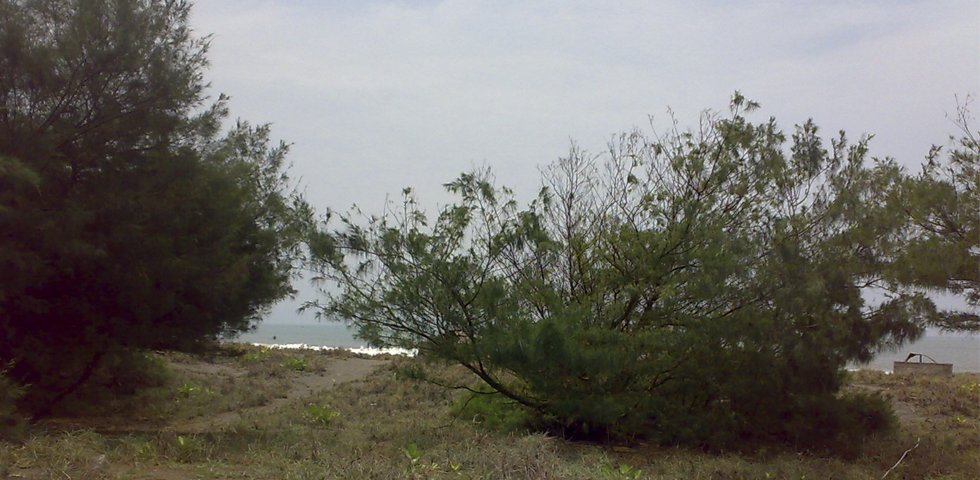A proposal for tsunami mitigation by using coastal vegetations some findings from southern coastal area of Central Java, Indonesia
Main Article Content
Abstract
This research was conducted at the southern coastal area of central Java Island, Indonesia. It is aimed to identify several coastal vegetation characteristics for development of guideline for planning and design of tsunami mitigation. Survey method was applied to observe common coastal vegetation in the research area. Data collected from the survey consisted of vegetation parameters and coastal morphology. All selected vegetations were analyzed for their allometry relation of each species, maximum density, correlation between breaking moment and trunk diameter of each tree species, and correlation between trunk diameter and spacing between trees for each species. For coastal morphology, it was focused on topography and elevation from sea level.
The results show that trees with the hard wood will be stronger to hold the pull moment on the main trunk. Younger trees with smaller diameter tend to be more flexible, thus they will unbreakable during the test. The other trees which have flexible trunk such as Terminalia catappa and Anacardium occidentale were often pulled out their roots than broken on their trunks. To obtain more extensive characteristic, it is necessary to carry out advanced measurements, especially on the older trees which have more than 10 cm diameter.
Coastal areas consist of mud and sand materials tend to have a high tsunami risk, although mitigation treatments were different for both types. At the muddy area, the recommended vegetation are Avicennia marina and Rhizophora mucronata, meanwhile Casuarina equisetifolia and Anacardium occidentale, due to their high flexibility, will be more suitable on the sandy coast. Both types should be planted parallel to the shoreline. Casuarina is planted in the frontline followed by Anacardium behind it.
Article Details
Issue
Section

This work is licensed under a Creative Commons Attribution-NonCommercial-NoDerivatives 4.0 International License.

